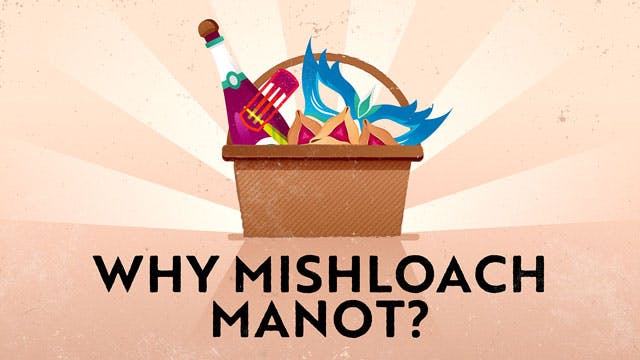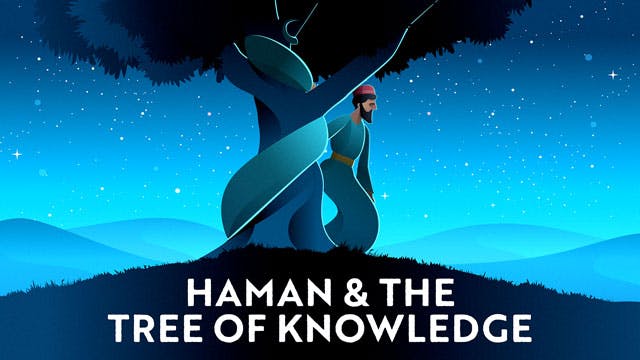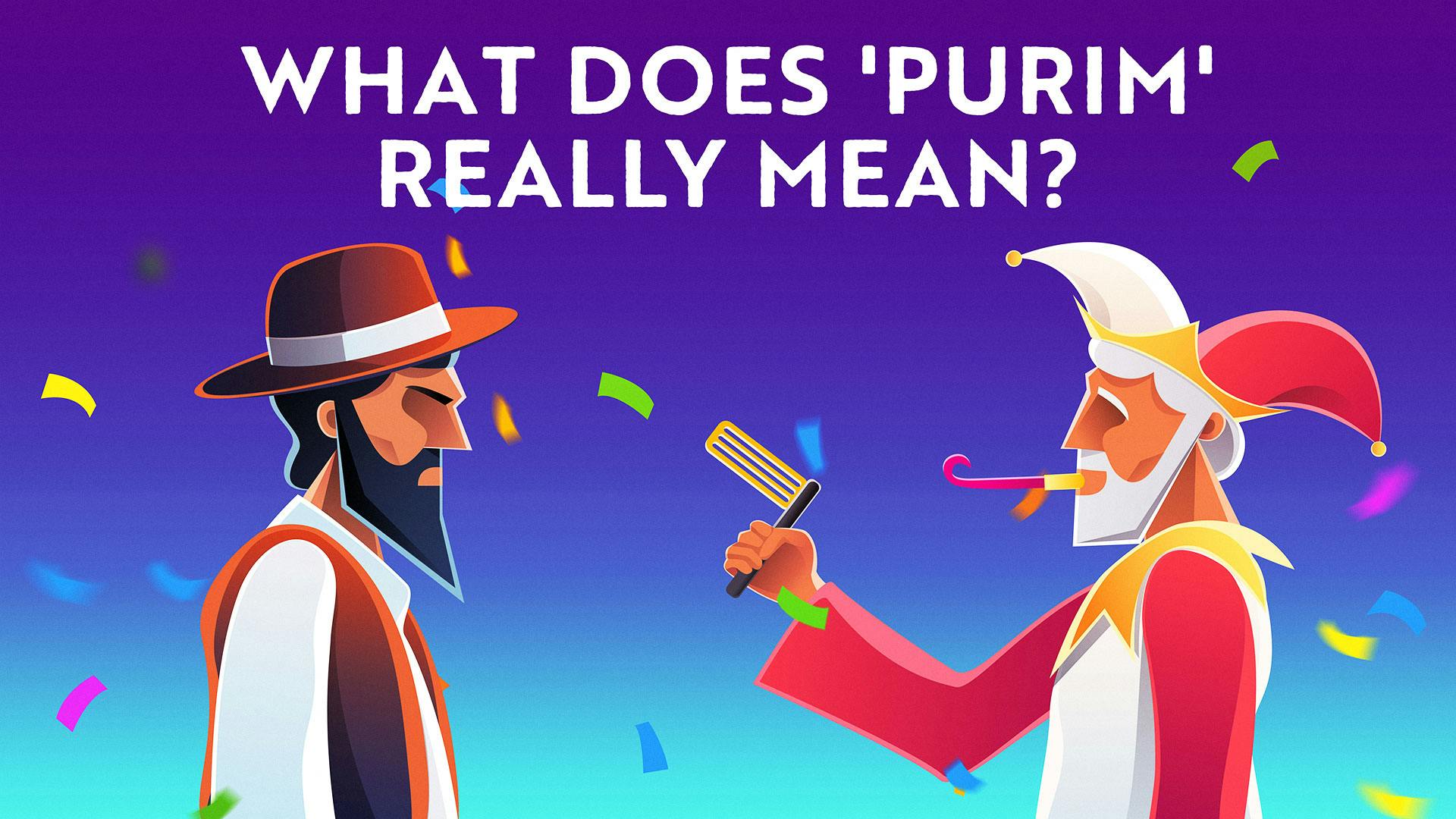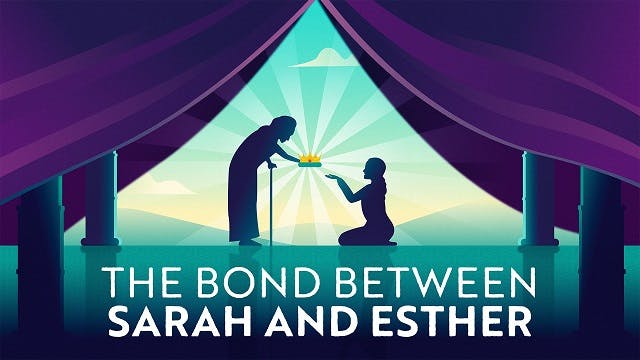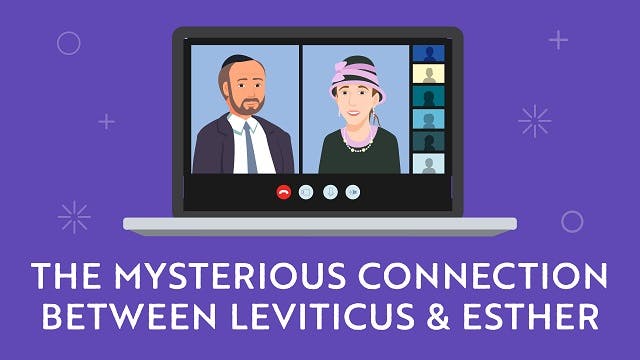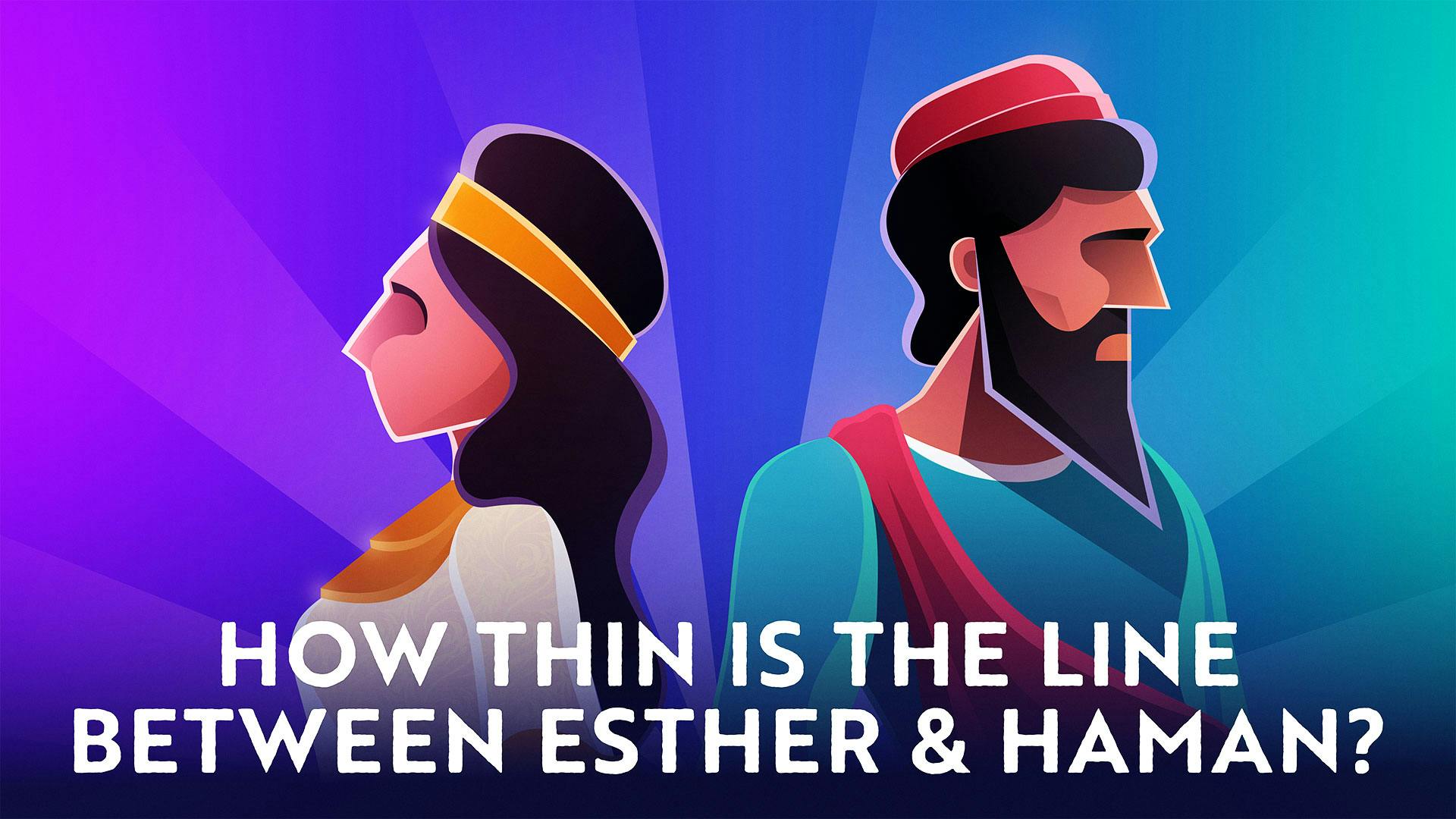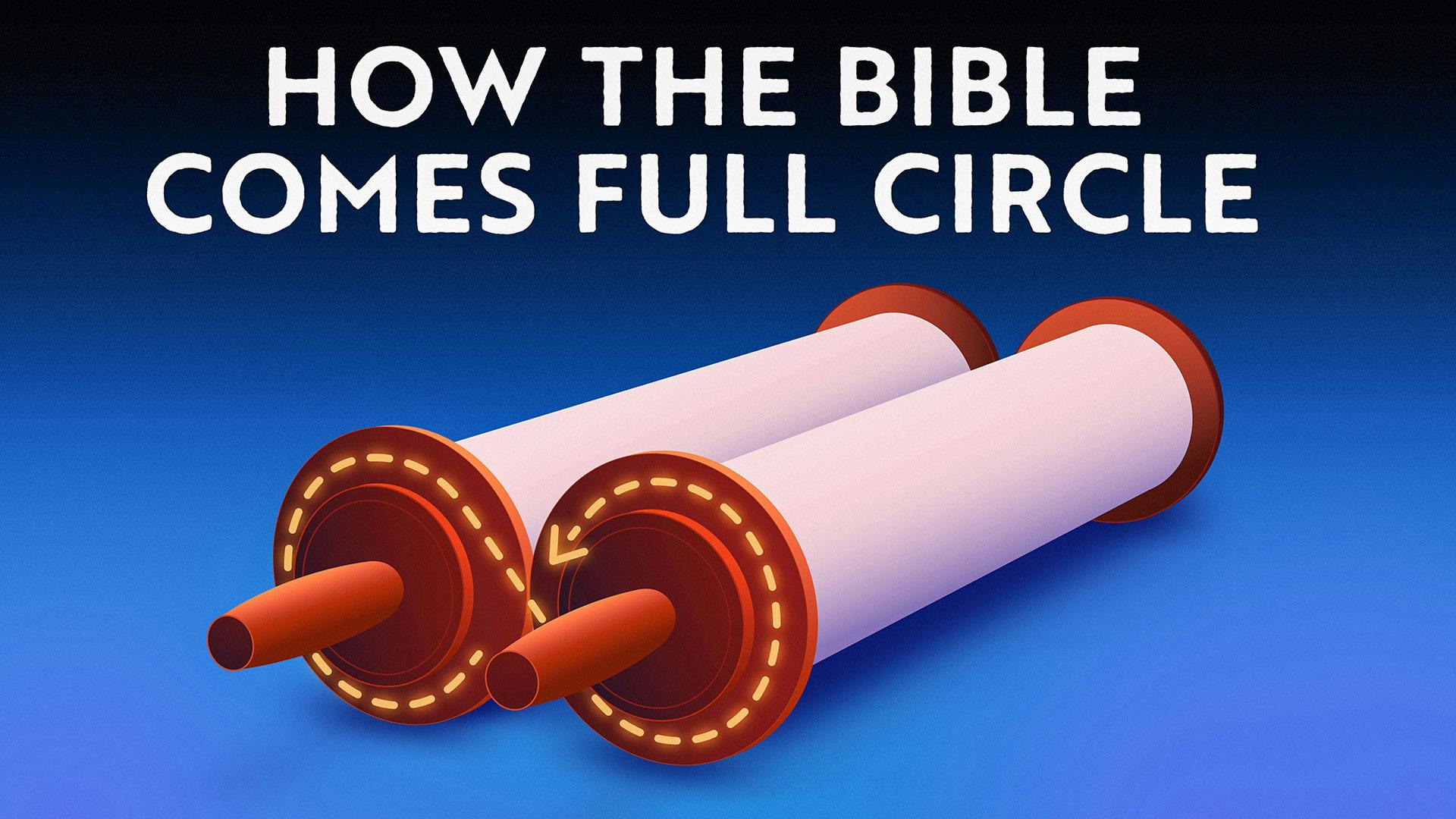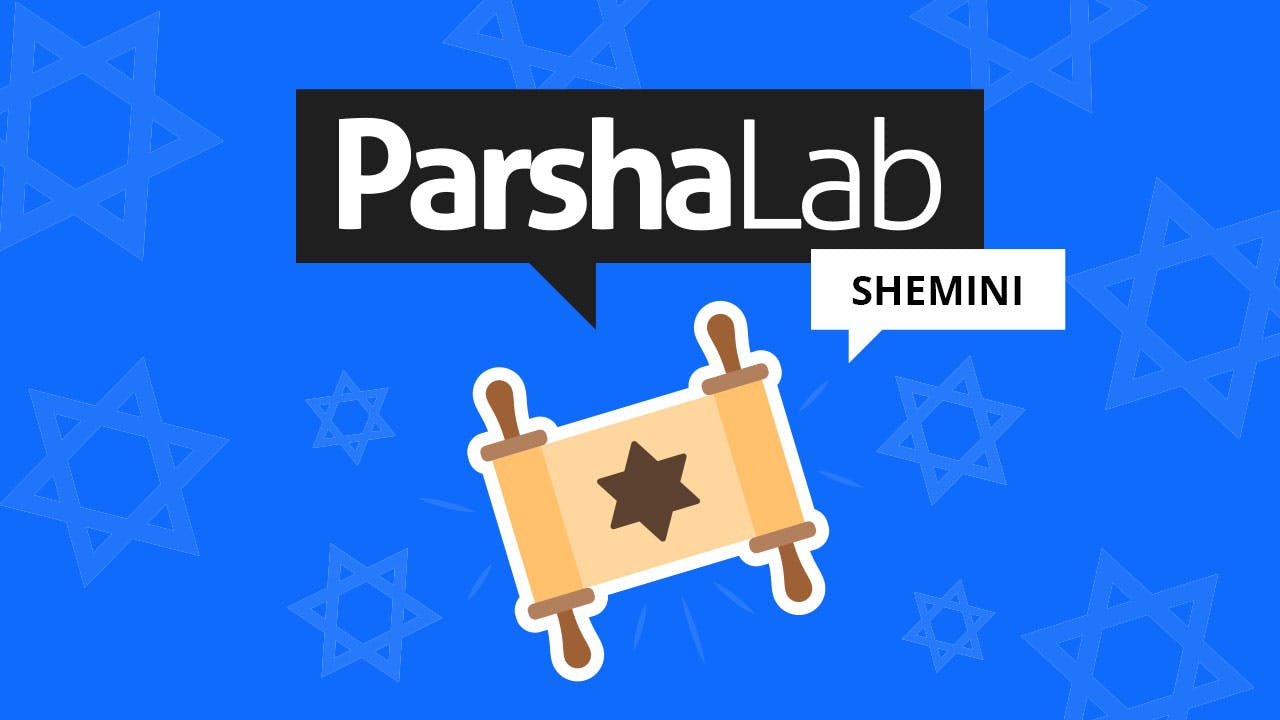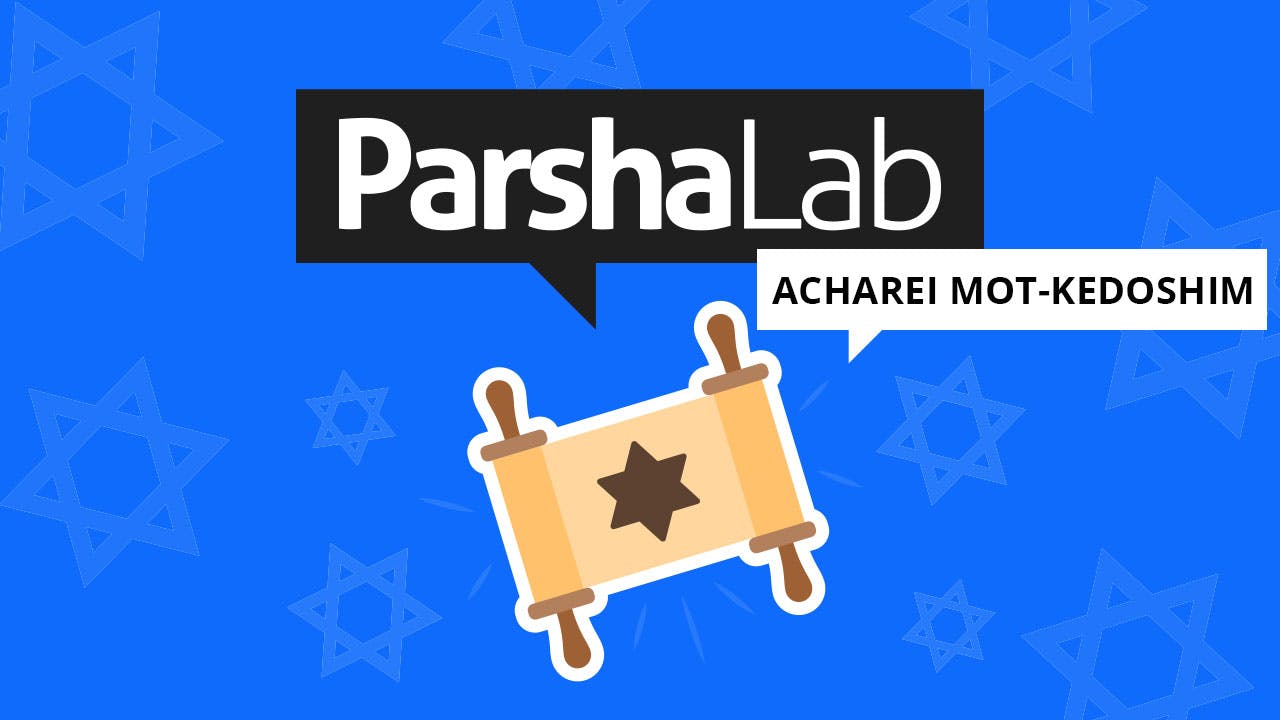Featured Purim Animated Videos
Upcoming Date: From the evening of March 23 to 24, 2024.
Purim Story Videos
Premium Purim Holiday Videos
Purim Resources & Guides
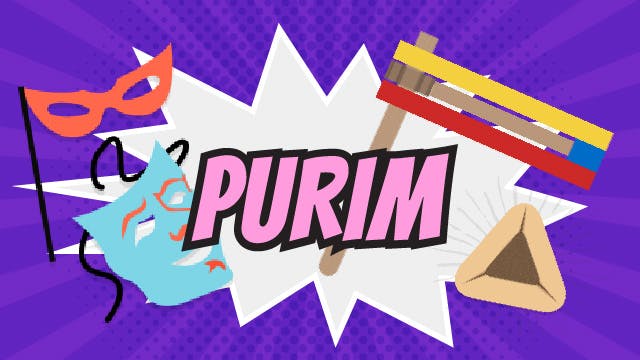
What Is Purim?
101 Guide
Purim is a festive Jewish holiday where we celebrate with costumes, noisemakers, and parties. But what is Purim really about once we strip away the revelry? Here we explain what Purim commemorates, and why it is still relevant in the 21st century.

Esther’s Fast (Taanit Esther): Guidelines and Meaning
101 Guide
Why do we fast on the day before Purim? What is Taanit Esther all about? Here’s everything you need to know.

Mishloach Manot
101 Guide
Purim day is filled with the excitement of giving and receiving Mishloach Manot, small gifts of delicious food. Mishloach Manot come in all shapes and sizes, but, bagged, boxed or in baskets, these special Purim gifts add immensely to the joy and warmth of the holiday. Why do we give Mishloach Manot on Purim? And what goes into a perfect Purim basket? Scroll down to find out.
Purim Book, Chapter 1: "The Queen You Thought You Knew."
Outline
In this excerpt from Rabbi Fohrman's book on Purim, "The Queen You Thought You Knew," he invites you to look at the Book of Esther with fresh eyes. In so doing, he reveals another richer, deeper narrative. Unravel the layers and watch Esther's hidden story come alive in an unexpected way, offering you a stirring encounter with the queen you thought you knew.
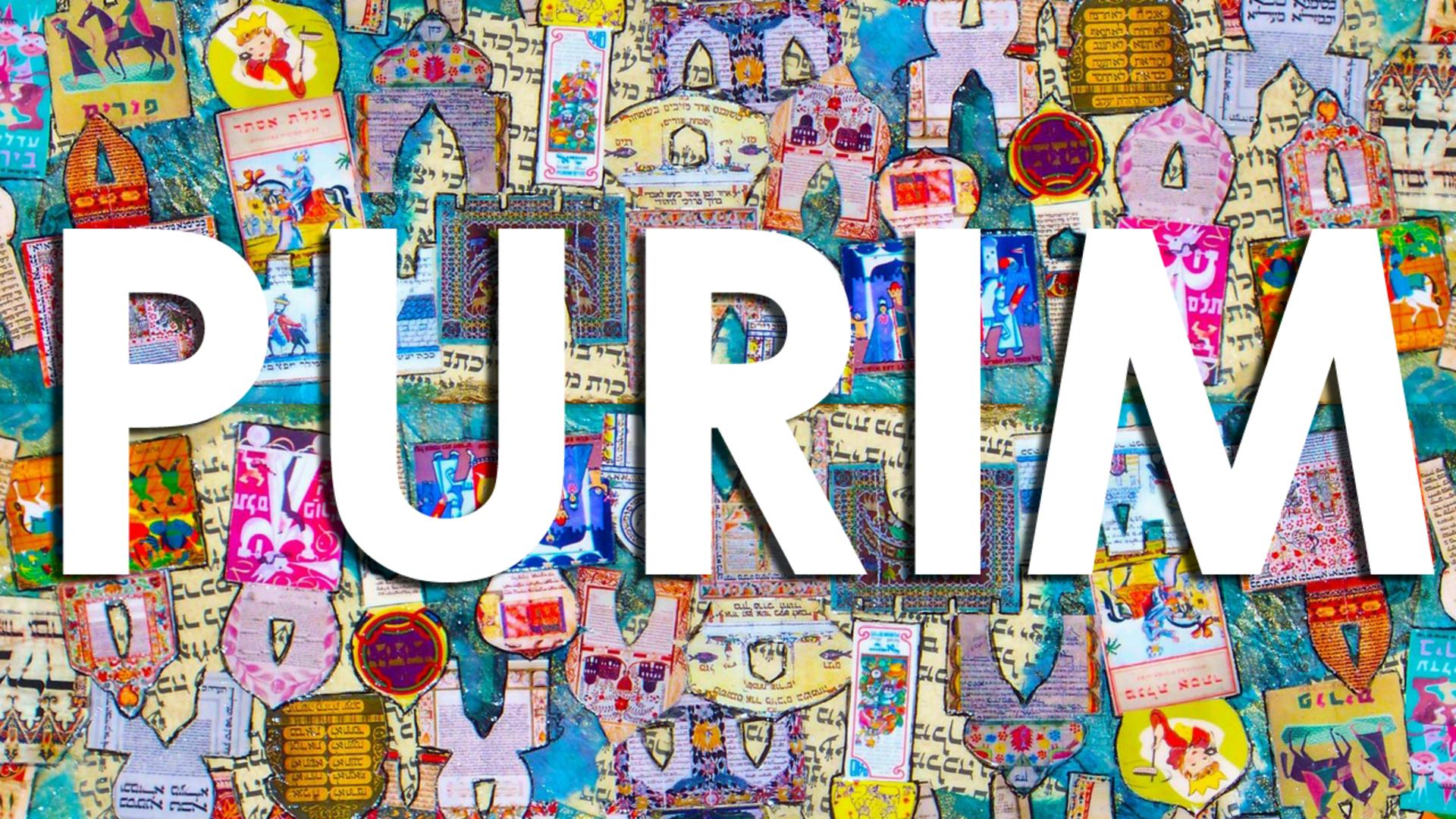
Purim in a Nutshell: Purim Story for Kids
Blog Post
Two generations ago, a nation attempted to wipe the Jews off the face of the earth. Purim is a holiday that takes us back ...
Purim Festival
The Purim festival is the great holiday of make-believe. Our kids dress up as Esther, Mordechai, Haman and Achashverosh, using plastic hats and cellophane scepters. Likewise, the Book of Esther – read on this day, in synagogues worldwide – can easily masquerade as a child’s tale.
There’s a villain who is out to hang Mordechai; a king who enjoys drinking and seems a bit naive; and there’s the beautiful and noble queen, Esther. There are assassins, palace intrigue, and a climactic battle scene. There’s even a happy ending.
What more could you ask for in a good child’s story? But in order to understand the deeper narrative, we need to read the Megillah – and to see Purim itself – as if it were the first time.
Purim is a reminder of how close the Jewish race once came to being completely wiped out. It's one of the most joyous days on the Jewish calendar, where we celebrate the miraculous salvation of the Jews from a Persian decree to annihilate them.
Jews celebrate with a festive meal, public readings of the story from the Megillah, dressing in costumes, giving matanot l’evyonim (charity to the poor), and mishloach manot, sending food to friends.
But it is almost astounding that Purim became a holiday at all. The victory of Purim seems to be entirely political, and not in any way spiritual. Mordechai and Esther managed to save the Jews from a national holocaust, which is incredible, but is there anything spiritually meaningful for us, two millennia later, to apply to our lives?
The conventional answer is that the lesson of Purim is, “God works behind the scene.” And it’s true, Megillat Esther is full of all of these "coincidences" that seem to come together and not really be coincidences at all. But ultimately, that seems philosophical, not practical.
After the Babylonians conquered the Kingdom of Judah in the beginning of the sixth century BCE, the Jews were largely exiled from the land of Israel. The Jews began to form communities in the diaspora, and when the Persian Empire conquered the Babylonians several decades later, these communities came under Persian rule, including a community living in Shushan, the Persian capital.
The chief adviser to the king, Haman, who also lived in Shushan, had instituted a decree that all citizens of the city bow upon seeing him, and one man, a Jew named Mordechai, refused.
In retaliation, Haman convinced the king to let him exterminate all of the Jews in the empire. Haman cast a lot – in Hebrew, “Pur” – to choose the date of the genocide, and it fell on the fifteenth of the month of Adar. The name of this holiday derives from the lot that Haman cast to decide the date of the destruction, a date that changed from disaster to joy.
By seeming coincidence, Mordechai’s cousin, Esther, had recently been chosen as the king’s new queen, after he had executed his previous wife for disobedience. Mordechai and Esther skillfully and subtly leveraged Esther’s station to convince the king that Haman was trying to kill Esther, and the king in turn had Haman and his family executed and the murderous decree replaced.
Through their political savvy, Mordechai and Esther were able to save the Jews. Purim reminds us every year to be thankful for this salvation.
Yet, as joyous as Purim is, many things about the holiday seem strange. Why name the holiday after Haman’s lots, of all things? Where is God in this story? His name is not mentioned in any of the related Biblical verses. And why do we celebrate with charity and food packages? The videos above will kickstart your journey through these questions – and reveal some very surprising answers.
Buy Rabbi Fohrman's Book on Purim
How well do you know Esther? Our overfamiliarity with the characters – and their actions – can distract us from seeing the deeper meaning of the book of Esther. In “The Queen You Thought You Knew,” Rabbi Fohrman invites us to see the Megillah as if for the first time.
Be surprised by a deeper Purim story than you thought possible, one that brings the book alive in a vibrant, unexpected way, and leads us to a deeper, richer narrative. Rediscover the queen you thought you knew. Download the first chapter for free.
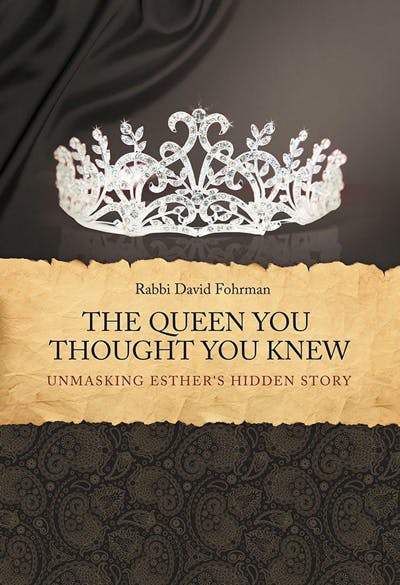
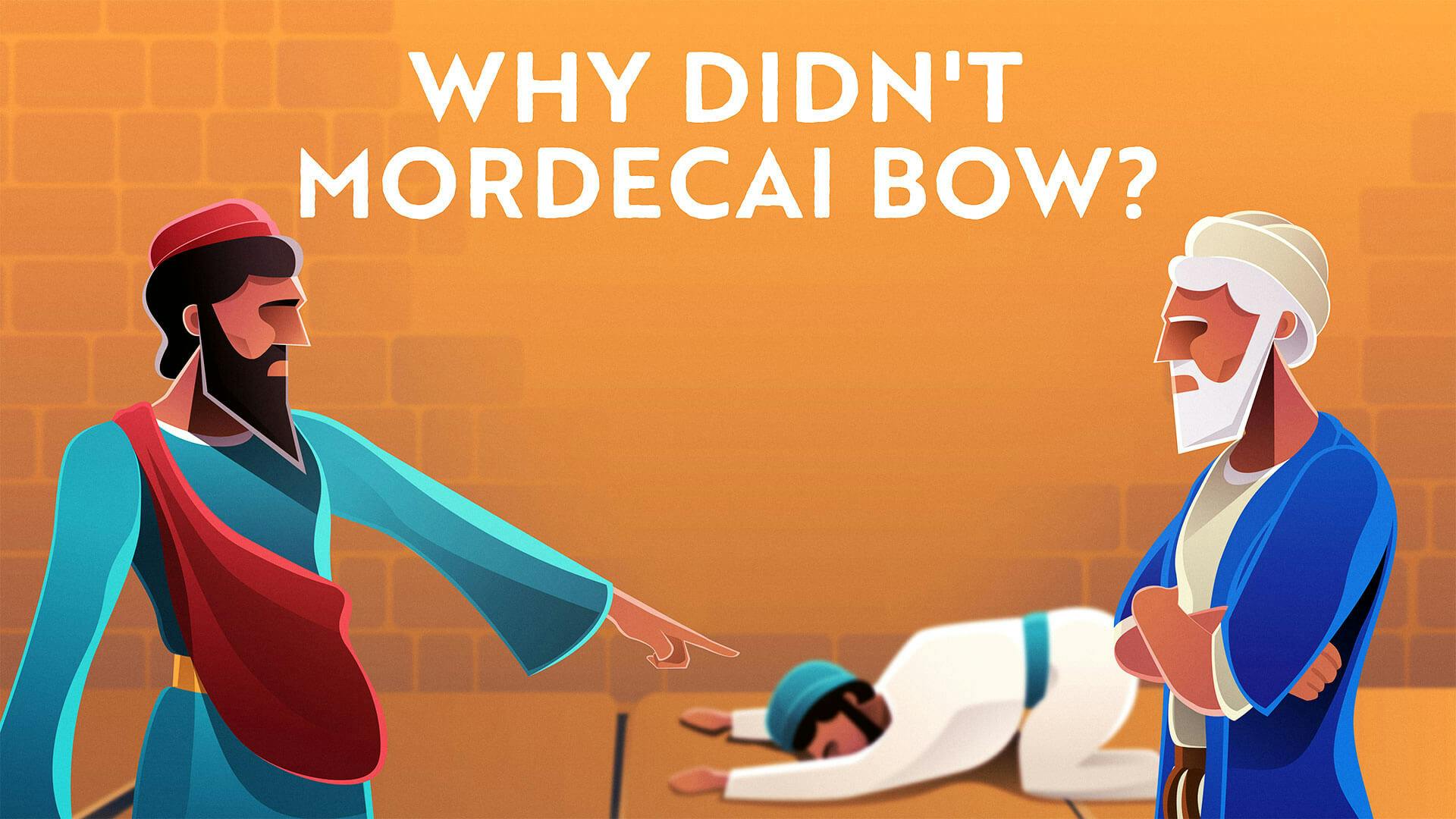
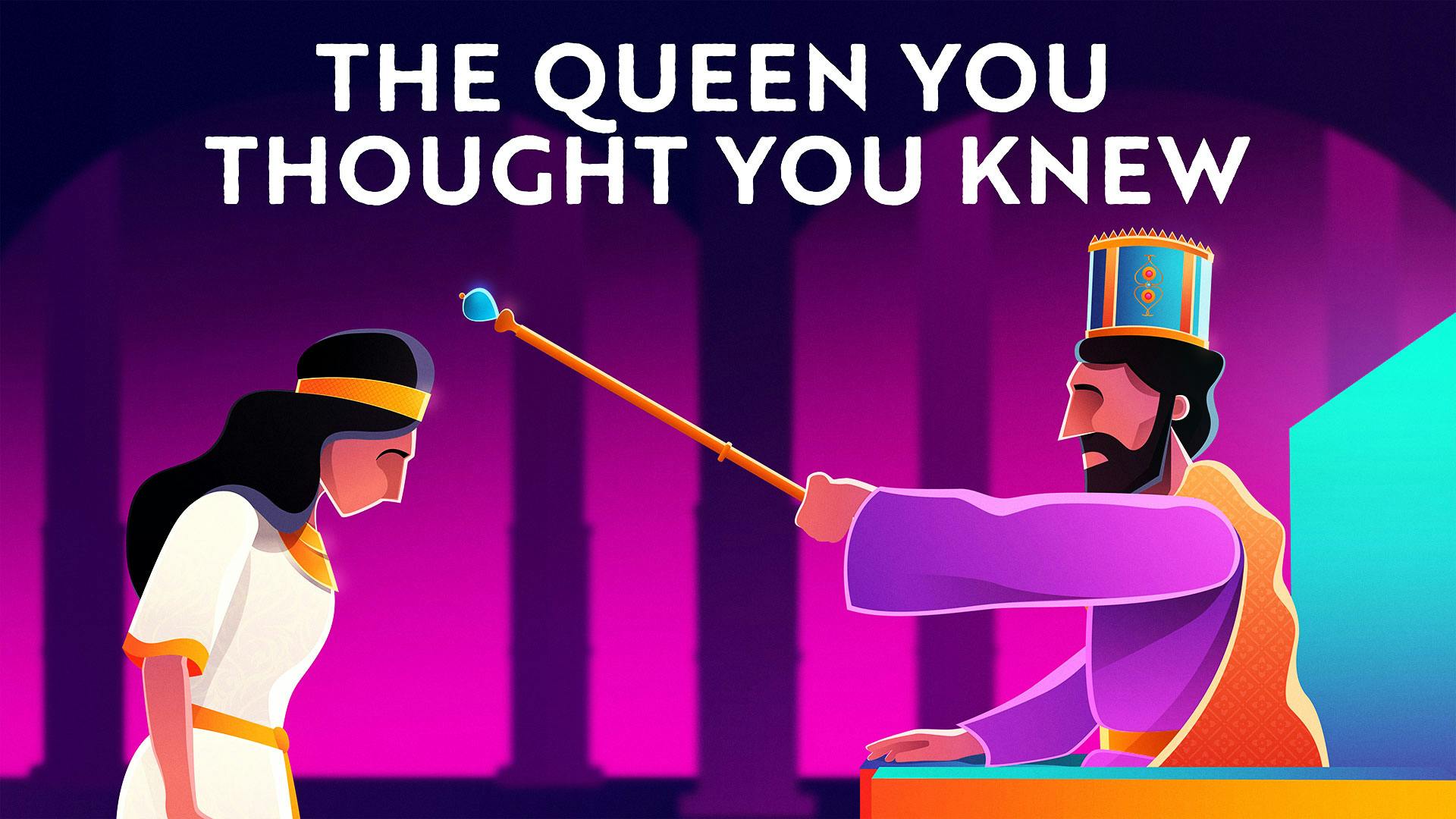
.svg?ixlib=gatsbyFP&auto=compress%2Cformat&fit=max)
